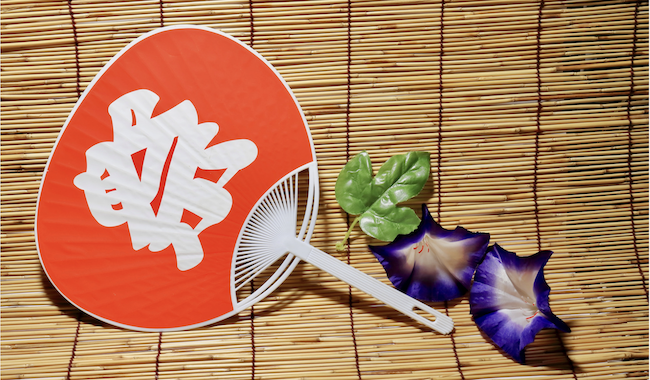

Japanese Summer Festivals: Natsu-Matsuri
In Japan, festivals are held in many places during the summer. Carriages for gods called mikoshi (portable shrine) or dashi (festival float) move throughout the town to the unique music of ohayashi. Festival stalls called yatai sell food, such as yakisoba and shaved ice, and provide fun activities for children like raffles and goldfish scooping. Japanese summer festivals are fun events that bring people together.
What Is Natsu-Matsuri Like?
Natsu-matsuri are held in summer between July and September. They have a long history that is said to go back to the age of Japanese mythology. They began at shrines and temples as an event dedicated to the gods and have changed over time. In the Heian period, mikoshi, carriages for gods, began to be used. Then in the Edo period, dashi and fireworks were introduced.
Japanese festivals have different meanings for each season. Natsu-matsuri were meant to be held to protect crops from pests and typhoons as agriculture began to be practiced in ancient times in Japan. In modern days, it is also an opportunity for people to interact with others in their community.
Where Is Natsu-Matsuri Held?
There are various festivals all over the country. There are big festivals that many people travel to from all over the country, including Nebuta in Aomori Prefecture, Gion Matsuri in Kyoto and Awa Odori in Tokushima. There are also ones that are held at local shrines or held by neighborhood associations and local shopping organizations. The scale of natsu-matsuri varies from region to region.
Natsu-matsuri may be advertised on local bulletin boards. You can also search for ones that are somewhat large-scale online. Although there were many festivals that were not held due to the influence of Covid-19, many regions have resumed festivals recently. Enjoy summer in Japan!

